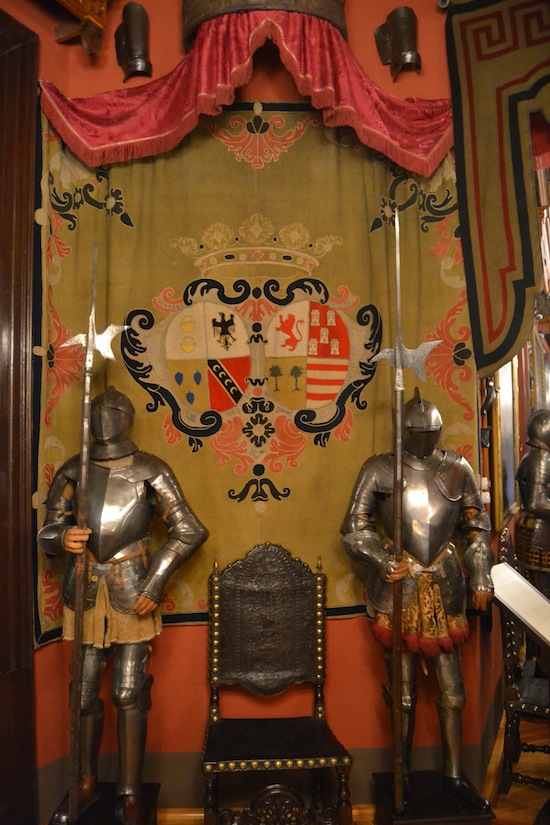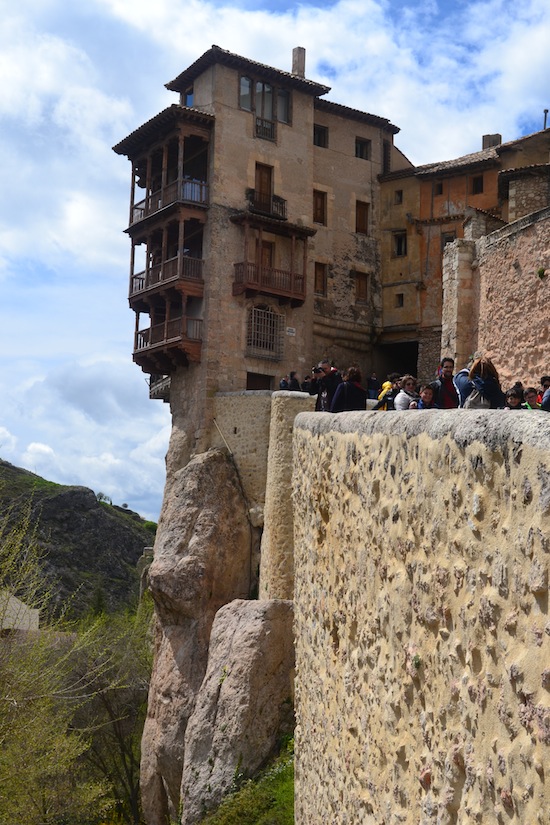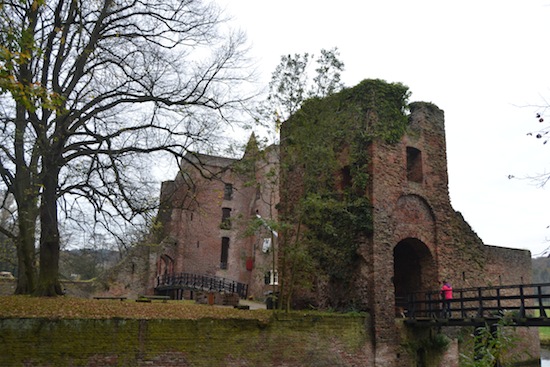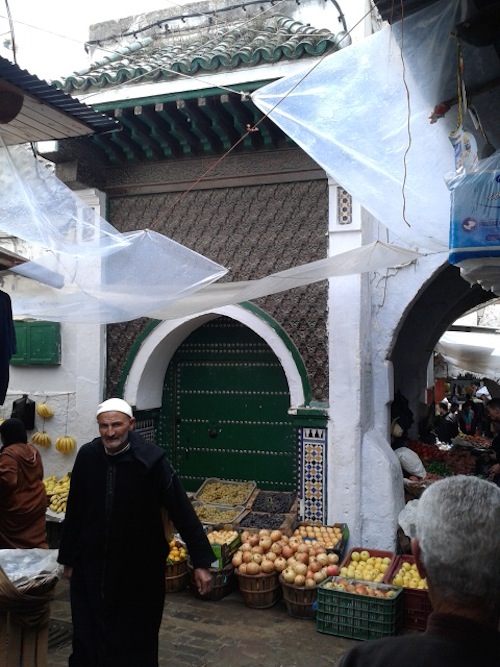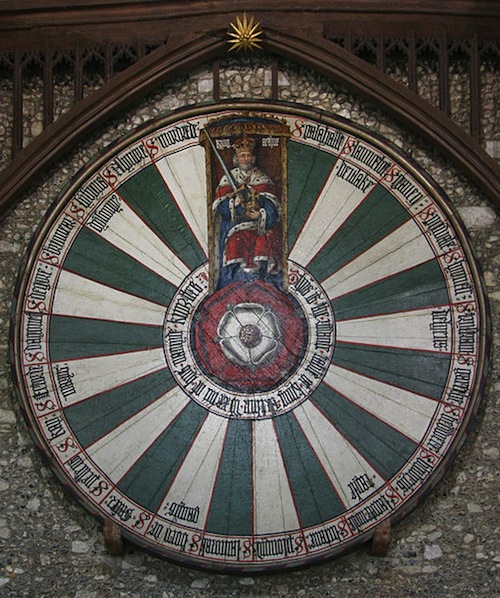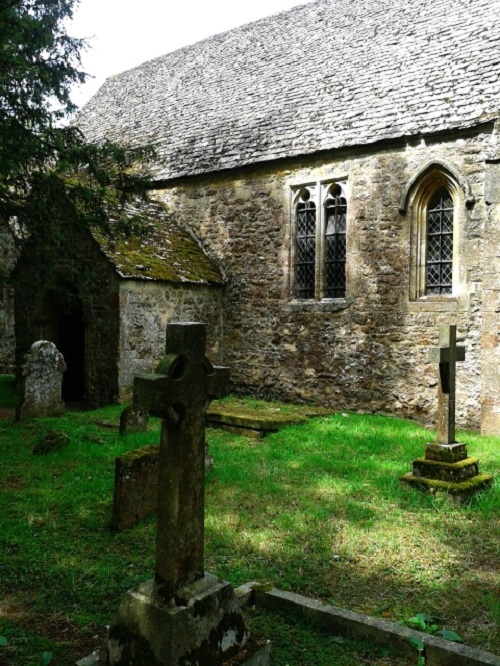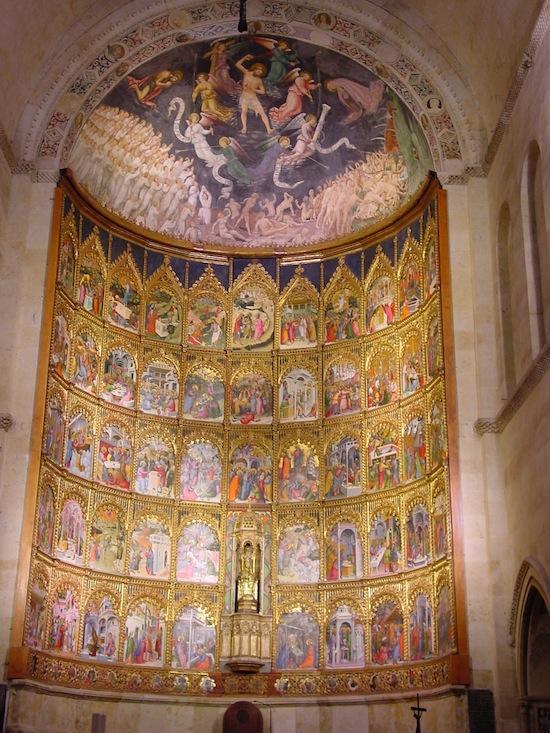Underwater Archaeology at the Ashmolean Museum
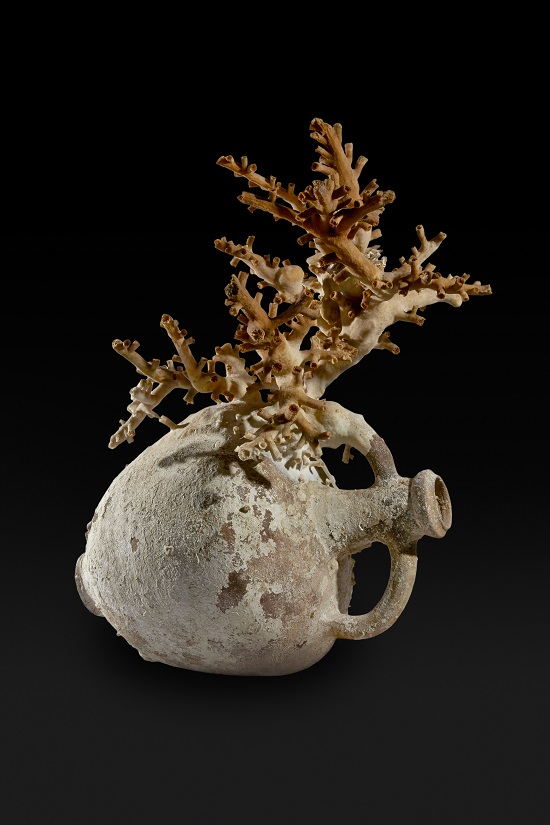
Roman amphora with coral, from the Levanzo shipwreck AD 275‒300
Sicily has been the center of Mediterranean history for centuries. Positioned at the halfway point between the western and eastern halves of the sea, and between Europe and Africa, it has been a nexus of trade and warfare ever since humanity started sailing. Now a major exhibition at Oxford’s Ashmolean Museum looks at the discoveries by underwater archaeologists around Sicily’s shores.
Storms, War & Shipwrecks Treasures from the Sicilian Seas brings together more than 200 objects for a variety of civilizations to highlight Sicily’s importance in ancient shipping.
